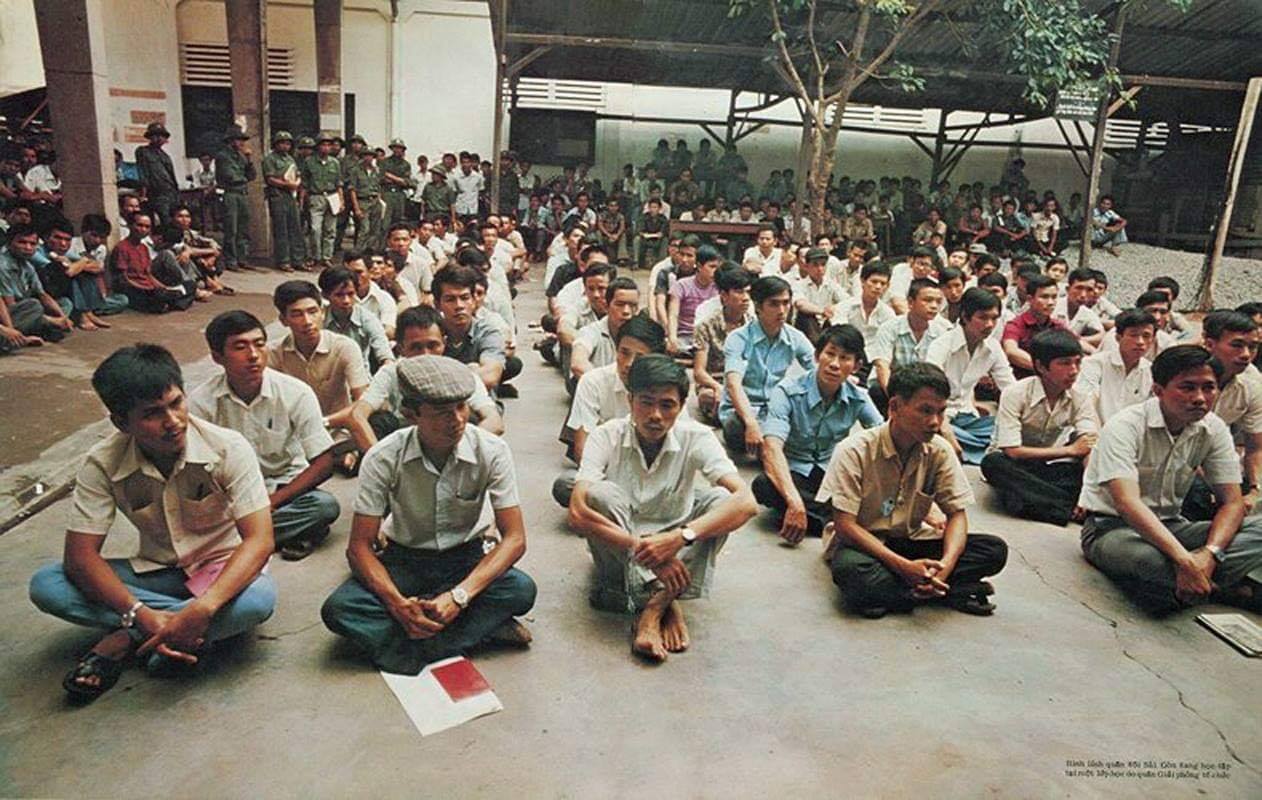
Watch repairs, haircuts, snacks, meals, laundry, photo development, televisions, and Chanel No. 5 perfume. These and many more amenities have all been offered at VA Veterans Canteen Service commissaries, stores, and canteens over the years. Providing goods to Veterans, their families, and visitors has been a staple of VA hospitals since their inception at the end of the Civil War. The Veterans Canteen Service (VCS) we know today evolved out of these early stores and VCS formally celebrates its 75th anniversary in 2022.
The first store providing goods and services to Veterans was located at the Central Branch-National Home for Disabled Volunteer Soldiers (NHDVS) in Dayton, Ohio. Its success paved the way for stores to become fixtures at other NHDVS branches.1 The commissary also served as a source of employment, and so lowered the likelihood of residents traveling to town where they could be exposed to drinking and gambling – a broad societal concern for Veterans of the era. Store profits went back into the operation of the National Homes, funding “libraries, the furnishing of amusement halls, and such other purposes that will best conduce the enjoyment of the men.”2
While individual canteens and stores remained staples at VA hospitals well into the twentieth century, by the mid-1940s, most canteens were operated as private, for-profit entities whose products and services were found to be “deficient” by Veterans.3 In addition, because they were operated by private organizations, canteens were mainly located in hospitals in larger cities, while many rural hospitals where profits were doubtful, were left without.
VA Administrator General Omar Bradley proposed the formal reorganization of the system to ensure that all VA hospitals had a commissary as part of his larger reform plans to Veterans’ health care. An Act of Congress made it official on August 7, 1946, and the Veterans Canteen Service was established as a federal instrumentality within VA.4 Its mission “to make available to Veterans who are hospitalized or domiciled in VA hospitals and homes, at reasonable prices, articles of merchandise and services essential to the Veterans comfort and wellbeing.”

By the end of fiscal year 1948, the first full year in operation, the Veterans Canteen Service had activated facilities in 124 hospitals; while some hospitals expanded existing canteens, others were opened for the first time.5 This coincided with a new emphasis on improving bedridden patients’ accessibility to goods, so ward cart service was expanded. Around the holidays, individuals and organizations frequently bought VCS “coupon books” for hospital patients, who could buy gifts from among canteen goods carted through the wards.
While hospital canteens have changed and expanded to meet the needs of Veterans today, the VCS mission and passion to serve Veterans remains the same 75 years later.
Footnotes
- “The Military Asylums: Meeting of the Managers at Augusta, ME,” New York Times, July 4, 1869. ↩︎
- U.S. Congress, House of Representatives, Annual Report of the Board of Managers of the National Home for Disabled Volunteer Soldiers for 1875, 44th Cong., 1st sess., 1876. ↩︎
- Brian Vorce, “The Veterans Canteen Service is Turning 75,” Vantage Point (blog), May 25, 2021. ↩︎
- Veterans Canteen Service Act, Pub. L. No. 79-636, (1946). ↩︎
- 1948 VA annual report, pg 31. ↩︎
By Katie Rories
Historian, Veterans Health Administration
Share this story
Related Stories

Featured Stories
A Brief History of the Board of Veterans’ Appeals
On July 28, 1933, President Franklin Delano Roosevelt signed Executive Order 6230 creating the Board of Veterans’ Appeals (BVA). The BVA was created as part of the Veterans Administration (VA), which had been established only three years earlier.

Featured Stories
The Fall of Saigon 1975: A South Vietnamese Military Physician Remembers
"There was chaos in the streets when I made my way to the hospital on the morning of April 30, 1975. In a place of order, there was now great confusion. The director and vice director of the hospital were gone, making me, the chief of medicine, the highest-ranking medical officer."



